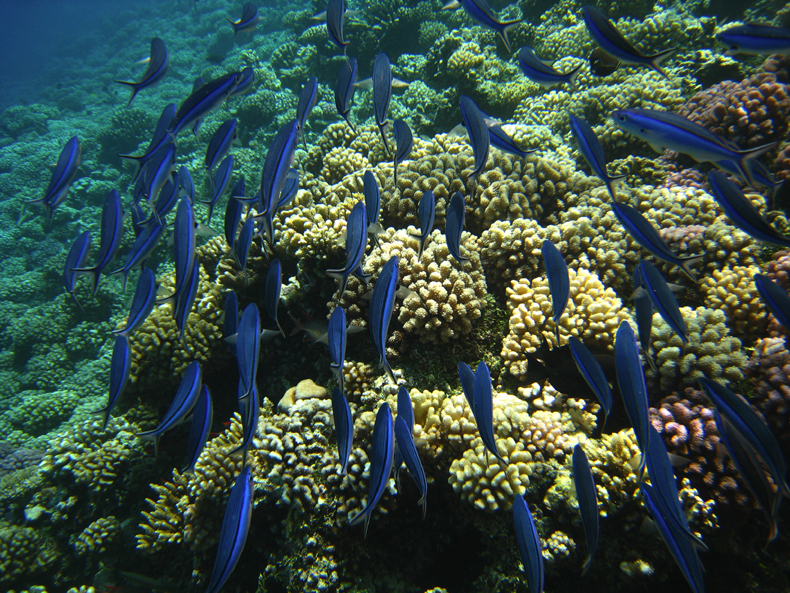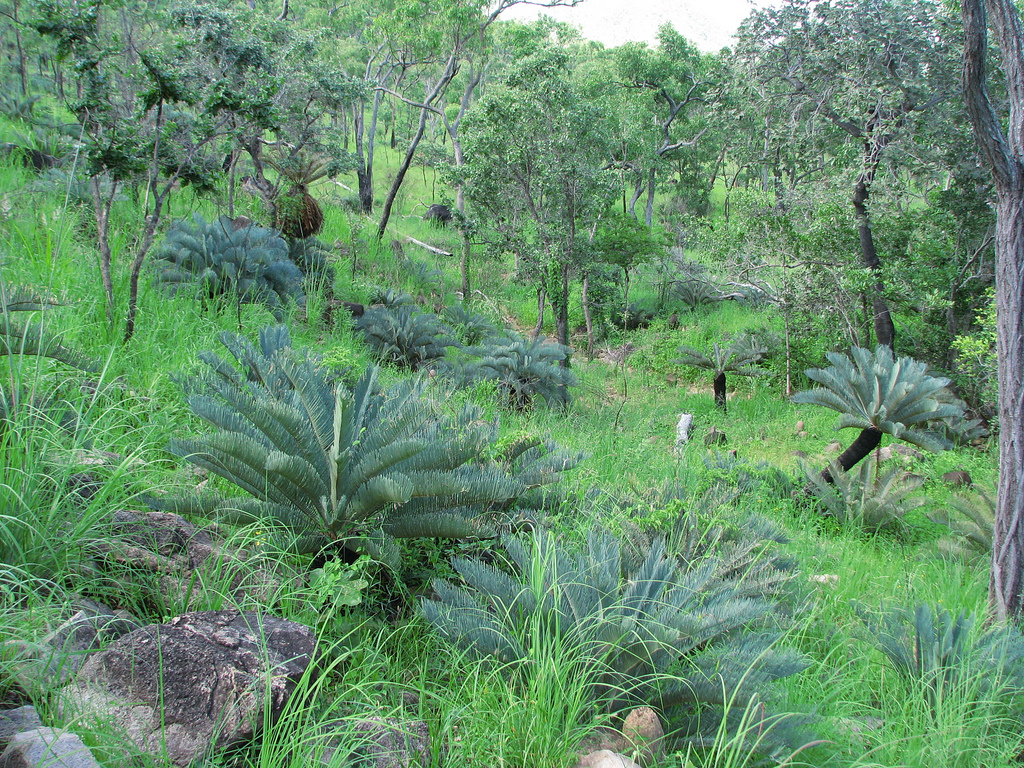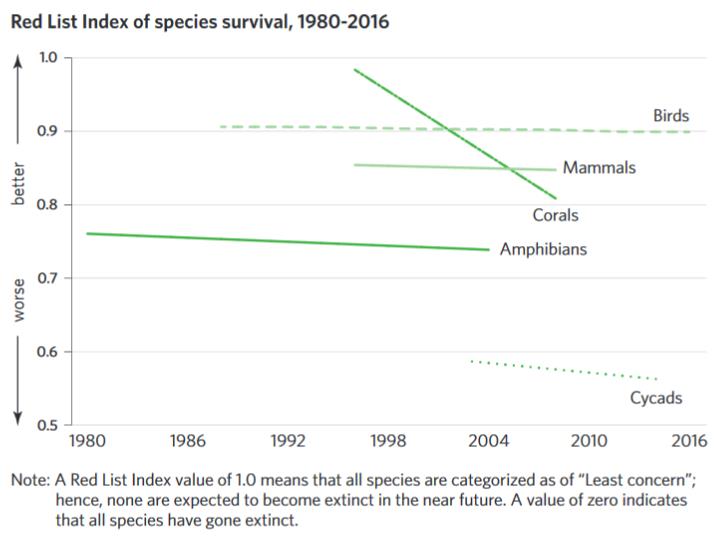UN tracks progress on conserving nature as key component of sustainable development
Nature plays a key role in the quest for sustainable development, as made apparent by the UN’s latest assessment of progress towards the Sustainable Development Goals. While dramatic declines of some species groups continue, targeted conservation action such as protecting key biodiversity areas is helping reverse the trend for others, significantly contributing to sustainable development as a whole, according to the recently published 2017 Sustainable Development Report – writes Thomas Brooks, Head of Science and Knowledge at IUCN.
The year 2015 marked a dramatic milestone in the path towards sustainability for our planet when world leaders committed to achieving 17 Sustainable Development Goals (SDGs) by 2030 through the UN General Assembly. The SDGs apply equally to all countries, and place environmental sustainability on a par with social and economic sustainability.
On 17 July 2017, the UN released its assessment of progress towards the SDGs. Tracking progress is crucial to meeting the goals, and is made possible by indicators provided by international organisations like the International Union for Conservation of Nature (IUCN), UNEP-World Conservation Monitoring Centre, BirdLife International, and many others. Most of the indicators set the year 2000 as a baseline, and so illustrate changes over the last two decades or so.
Genuine changes in species extinction risk documented on the IUCN Red List of Threatened Species, for example, are used to assess progress on protecting life on land (SDG15) through the Red List Index.
While the overall picture that emerges from the report is one of growing extinction risk, there is substantial variation between different species groups. Coral species are seen to deteriorate the fastest. This is a result of bleaching, as witnessed in the Great Barrier Reef during 2016 and 2017, driven by climate change and local impacts such as unsustainable fishing and pollution. Coral reefs are hugely important for both marine biodiversity and for artisanal fisheries, and their dramatic decline undermines progress towards both SDG 14 on life below water and SDG 2 on food security.
Meanwhile, the greatest threats are faced by amphibians – frogs, toads, and salamanders – with over 40% threatened, and cycads, an ancient group of cone-producing plants. Both groups suffer greatly from habitat loss, and include many highly threatened species each found only in a single location. Safeguarding sites that offer the last remaining refuge to species assessed as Endangered or Critically Endangered on the IUCN Red List, and thus preventing many of the most predictable extinctions, is the aim of the “Alliance for Zero Extinction”. Amphibians are also under pressure from chytrid fungal disease, while cycads face severe threat from unsustainable and illegal harvesting.
The Red List Index reveals better news for birds and mammals, species groups that include fewer threatened species, and which are declining less precipitously. This is likely a result of successful conservation action for these species, which has been shown in the journal Science to have had a substantial impact in reducing extinction risk – a major contribution towards SDG 15 (life on land). Nature conservation also contributes to a number of other SDGs, as healthy, species-rich ecosystems provide benefits including clean air, water, food and medicines to communities worldwide - as highlighted in the report.
Another crucially important set of indicators included in the 2017 Sustainable Development Report track progress in protected area coverage of Key Biodiversity Areas. These indicators measure conservation progress in both the marine realm, and for terrestrial, freshwater, and mountain environments. Safeguarding such sites also provides important benefits to people – “ecosystem services” – so contributing to, for example, the goals on climate change response (SDG 13) and freshwater provision (SDG 6).
Historically, such indicators of conservation response have been problematic as they tracked the acreage covered by all protected areas, providing an incentive for creating reserves in places that are large and cheap, rather than those that are important for biodiversity. The indicators of the extent to which Key Biodiversity Areas are protected avoid this problem by focusing conservation efforts on places that most need safeguards. Between 2000 and 2017, the percentage of Key Biodiversity Areas that are protected has risen significantly – from 35 to 47% for terrestrial protected areas, according to the report – such that on average less than half of each Key Biodiversity Area is currently protected.
Some striking patterns also emerge from the report. The percentage of Key Biodiversity Areas protected varies widely around the world, from more than half in Europe, North America, Australia and New Zealand, to less than a quarter in Oceania, North Africa and West Asia. By contrast, it is developing countries that have made the greatest improvements in protecting important sites over recent years: the greatest absolute increases since 2000 have been in Sub-Saharan Africa, and over this period Oceania, North Africa and West Asia have more than doubled their protection of Key Biodiversity Areas. Two examples of key biodiversity areas particularly urgently requiring protection are the Massif de la Hotte in Haiti and the Cucumatanes mountains in Guatemala.
What take-home messages emerge? First, conservation works, as evidenced by the situation with birds and mammals, and by the increases in protected area coverage of Key Biodiversity Areas in developing countries. Second, the world needs to increase conservation efforts and investment to take this impact to the necessary scale – for species groups like corals, amphibians, and cycads; and for establishing safeguards for as-yet-unprotected important sites. Third, and crucially, such conservation efforts represent fundamental components of the 2030 Sustainable Development Agenda, both in their own right and in their contributions towards the achievement of other SDGs. In short, nature conservation is a key component of sustainable development.
The report can be accessed in full here, and also here as a dynamic “story map”.
This article was also published on the Huffington Post.



